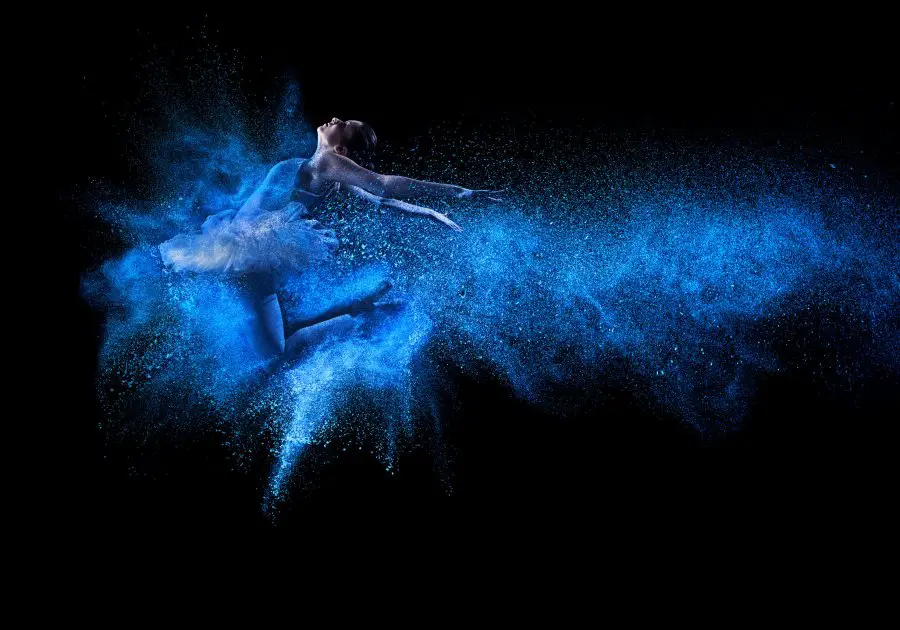Dancing And Movement Therapy Could Help Treat Depression And Other Brain Diseases
Tags: opinion

When we are kids, we tend to be free. We don’t really care about what other people think about us and so, we take the opportunity to do everything we desire. Most of the time – we try to fling our hands and enjoy dancing. Dancing is liberating. Sometimes, our parents can even enroll us in a dance school.
However, eventually, when we become teenagers and more self-conscious, we try to not engage with this freedom. We don’t want eyes to look at and admire or criticize what we are doing. We alienate ourselves from dancing. However, the dance/movement therapy (DMT) is slowly gaining a lot of traction in the world. It is helping people mentally and physically.
Most psychologists and psychotherapists are focused on the mystery of the brain. All of us almost believe it to be the only part of the body that keeps us alive and helps us function. However, it is just another part connected with our body – living in harmony. Dance/movement therapy helps to tap into this energy of body and mind together.
Read: Schools Are Starting To Offer Yoga Classes Instead Of After School Detention
Dance/movement therapy – How Body And Mind Overlap
Dance/movement therapy wants to promote mental insight and well-being among people. Unlike talk therapies, Dance/movement therapy wants our entire body to be engaged in the healing process via a creative medium. Our body is set to a dancing motion and acts as a message and the medium. Dance/movement therapy believes that the mind and the body are in constant connection with one another.
Dance/movement therapy is not just one way. There can be many ways to accomplish it. It can be done with music or without it. It can be engaged by just talking about it. Sometimes, therapists can participate in your dance too. There can be group therapy as well. This would include warm-up and dancing based on a specific theme. It can even take place without a theme. In the end, there is a grounding exercise to connect with our body, and finally, a closure. There can be journaling included as well, though all of it is done when the body is in some kind of motion or in still mode.
Dance/movement therapy has been used for a long time, but a lack of proper research has kept it in the dark. A few research works are coming up that are showing how dance/movement therapy actually works for a person:
Depression
Many people dance to help their mental state and feel happy. Dance therapy was used as somatic psychotherapy, to help with the emotional changes of the mind. It helps to bring up new feelings and expand your possibilities. It might even help you relive a past time in your life, and overcome it if it is causing you pain. A study shows certain movements can help you feel happy and can help tackle fear and anger. A few motor components are associated with emotional recognition. The therapy can help in treating depression too.
Parkinson’s disease
When coordinated with music, dance can require both cognitive and physical engagement. It will help your muscles to develop and help with your coordination. Along with that, since you require to remember the movement, people with Parkinson’s can find a significant improvement in their memory and visuospatial processing.
Many studies have shown that Dance/movement therapy helps visual memory and attentiveness as well as neuroplasticity in older adults. Plus, there has been an improvement in cognitive functions of adults with mild cognitive problems after they go through a 40-week dance program. Randomized trials have also found out dance therapy can also help in improving executive processes like organizing, planning, etc.
Brain structure
Dancing helps in altering your brain structure by creating a few deep channels in your cerebral cortex. A review saw that dance intervention helps in changing the brain structure by increasing the volume of parahippocampal and hippocampal, that is, structures involved with memory. It increases grey matter volume as well in the precentral gyrus, which helps motor control. Plus, white matter in corpus callosum can help in improving communication and developing white matter integrity.
New perception and new direction
Dance/movement therapy can have a significant impact on your psyche and body. It shows how our body is not really alienated from our mind. They exist in harmony. Small movements can help us bring back revoked memory, engage our creative side, and help us fight depression.
With these studies, Dance/movement therapy is turning out to be an exciting prospect in the world of psychotherapy.
Image credit: Gergely Zsolnai
Leave Comment: